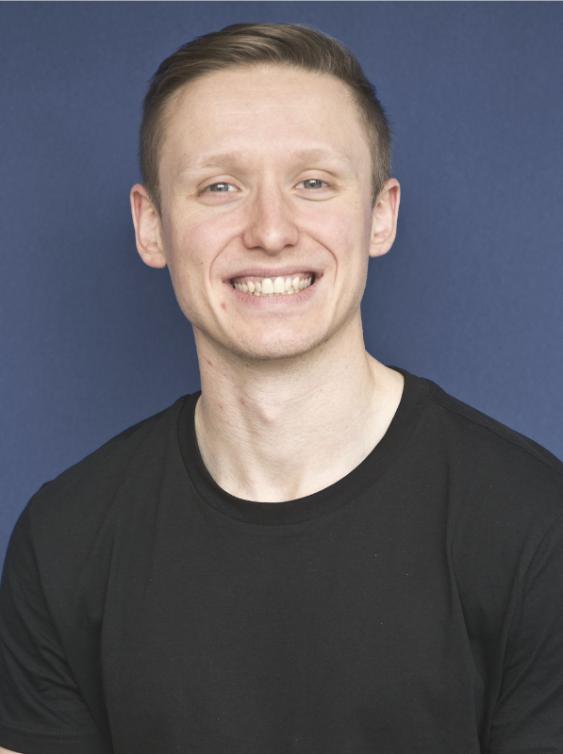Dr Thomas Elsden
Published: 16 November 2021
Electromagnetic waves of Earth’s magnetosphere

| Dr Thomas Elsden |
Thomas.Elsden@glasgow.ac.uk |
| School of Mathematics & Statistics |
|
| Fellowship |
Leverhulme Early Career Fellowship: Start 01/10/2021 (in Glasgow, but started the fellowship at the University of Leicester on 01/10/2019). I’ll continue after that as a Rankin-Sneddon fellow for a further 2 years |
| Area of Research | Electromagnetic waves of Earth’s magnetosphere |
Why did you choose to pursue a fellowship in your research career?
For the chance to do independent research, to freely follow my own research interests. Further, to give me a better chance at getting a permanent academic position in the hopefully near future.
Why work at the University of Glasgow?
The Rankin-Sneddon fellowship opportunity was very attractive as it gave me the chance to continue my independent research after the Leverhulme Fellowship finishes. There are also groups in both Maths and Physics who work in closely related fields, so it presented an opportunity for new collaboration.
How would you describe your research in 20 words or less?
I model how the outer layers of Earth’s atmosphere vibrate in response to the constant bombardment by the solar wind.
What is your research highlight?
Over the past five years, I have managed to extend an almost 50-year-old theory regarding the resonant interaction of a class of low frequency plasma waves, to 3-D. Including the full 3-D spatial dependence in this system has shown to have important consequences for the resulting wave structure. It turns out life is different in 3-D!
What do you look for in a collaboration?
Most importantly, I look to work with someone who brings something to the table that I don’t have. That may be an experience of working with observational data or providing modelling or theoretical expertise that I lack.
How do you see your research impacting society?
The impact from my research fits under the broad umbrella of Space Weather: the study of how the plasma dynamics of the near-Earth environment impacts civilization. The waves that I study can accelerate particles to very high energies, which in turn can be damaging for orbiting satellites. For example, this can adversely affect communications satellites at geostationary orbit (above the same point on Earth) as well as GPS satellites. Furthermore, such waves can drive electrical currents in the upper atmosphere which generate the aurora. My research in particular should describe the 3-D spatial structure of this wave driven aurora, which I’ll be looking to confirm in future comparison between my modelling and observations.
What next?
Working in fundamental theory and modelling, it’s always interesting to think where else such work can be applied. Some clear next steps for me include taking my ideas for plasma wave behaviour at Earth and applying them to the other magnetised planets, such as Mercury, Jupiter and Saturn.
First published: 16 November 2021

